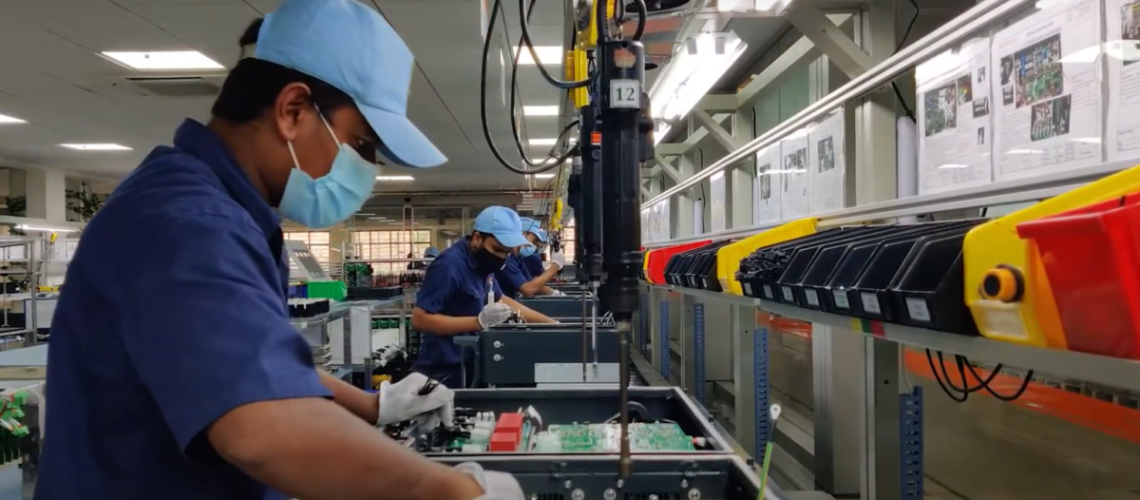The inverter manufacturer is considering North America as a potential production location due to the attractive tax credits for solar in the U.S. Inflation Reduction Act, as well as physical proximity to its medium-voltage power stations.
From pv magazine global
Ada Li, head of Latin America at Sungrow, told pv magazine that the Chinese inverter manufacturer is “seriously” considering the possibility of opening a new factory in North America.
It is considering the continent as a potential production location due to the attractive tax credits for solar in the U.S. Inflation Reduction Act, as well as physical proximity to its medium-voltage (MV) power stations. Such a factory would assemble inverters, with parts imported from China.
Separately, Sungrow said it has reached 9 GW of total delivered capacity to South America, with 6 GW of the total delivered to Brazil alone. It said about 3 GW in Brazil were delivered for utility-scale PV projects, with central inverters accounting for a 70% share of the market, and string inverters accounting for the remainder.
“We think that in the next five years Brazil will continue to be in the top five of PV markets worldwide. The biggest growth will be in distribution generation, for the residential segment,” said Li.
For Sungrow, financing is still the most challenging aspect of working in the Brazilian PV market.
“We see one restriction for demand – not so much module prices, but bank interest rates here in Brazil,” Li said. “This is the main issue.”
Brazil’s baseline interest rate currently sits at 13.75%, leaving its PV market sensitive to the capex of solar projects. Public and private credit lines with more attractive interest rates have been created to incentivize the installation of solar.
Beyond Brazil, Sungrow is currently looking at Chile for utility-scale storage, and Mexico for commercial and industrial (C&I).



